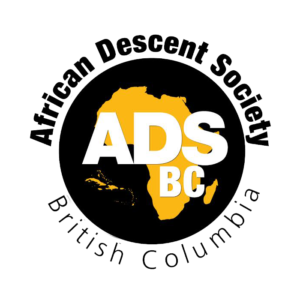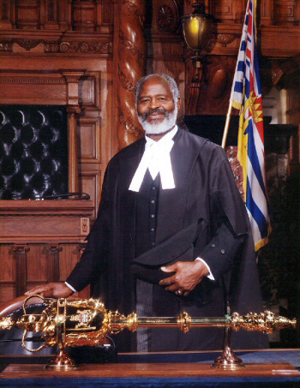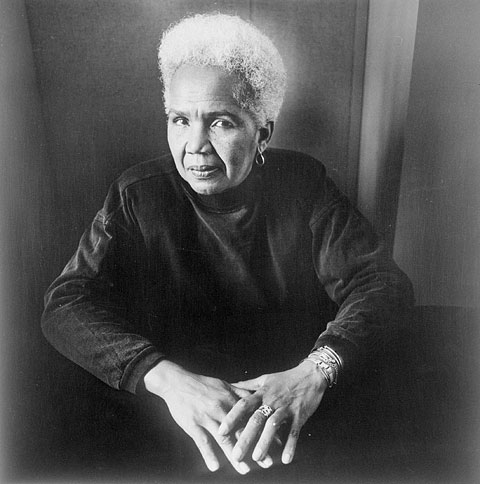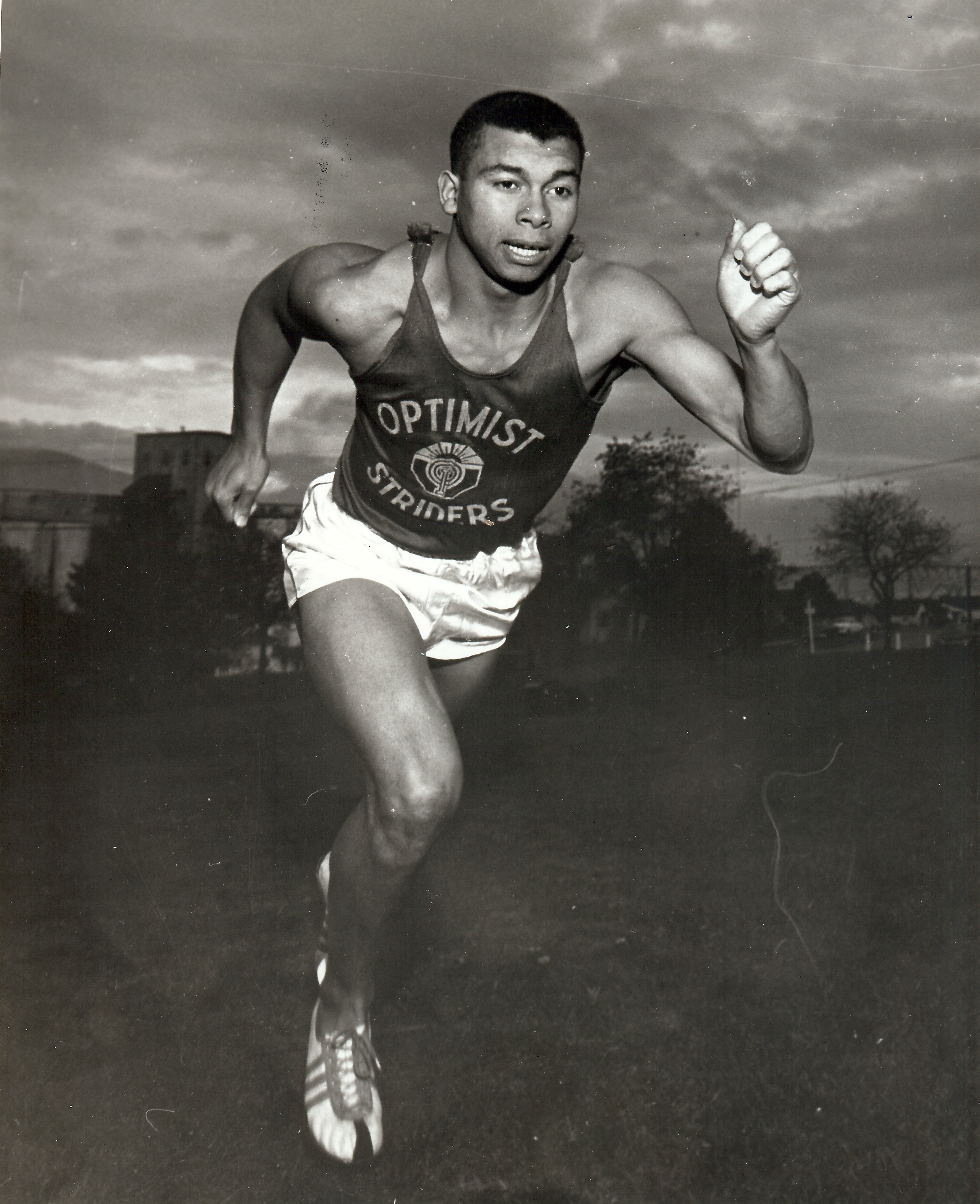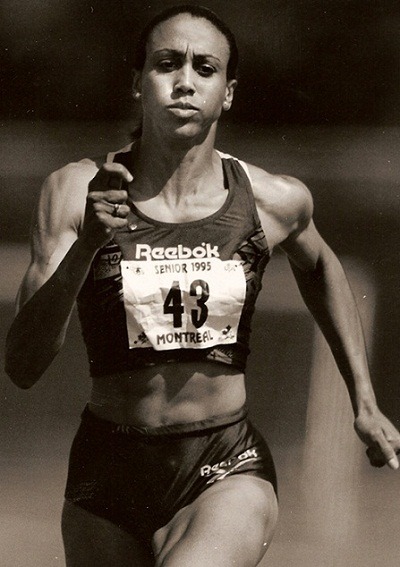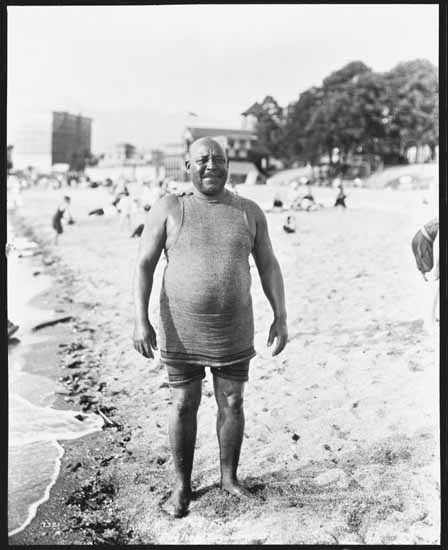
(1863 - 1922)
He boarded a brigantine, the Robert Kerr, loaded with sugar bound for Liverpool. Back then, these ships would go from one port to another carrying cargo, offloading it and taking another load to be delivered somewhere else. His travels took him to Rio de Janeiro, Buenos Aires, Panama, Amsterdam and eventually to the Pacific northwest. In one of his trips to Liverpool, Fortes took up swimming at one of the bathhouses - this is where Joe became confident of his strength and abilities. One would think that he would’ve been a strong swimmer coming from an island, but where Joe was from, beaches were not the sight that they are now: the beaches near where he grew up were full of sea urchins, stingrays and mud.
